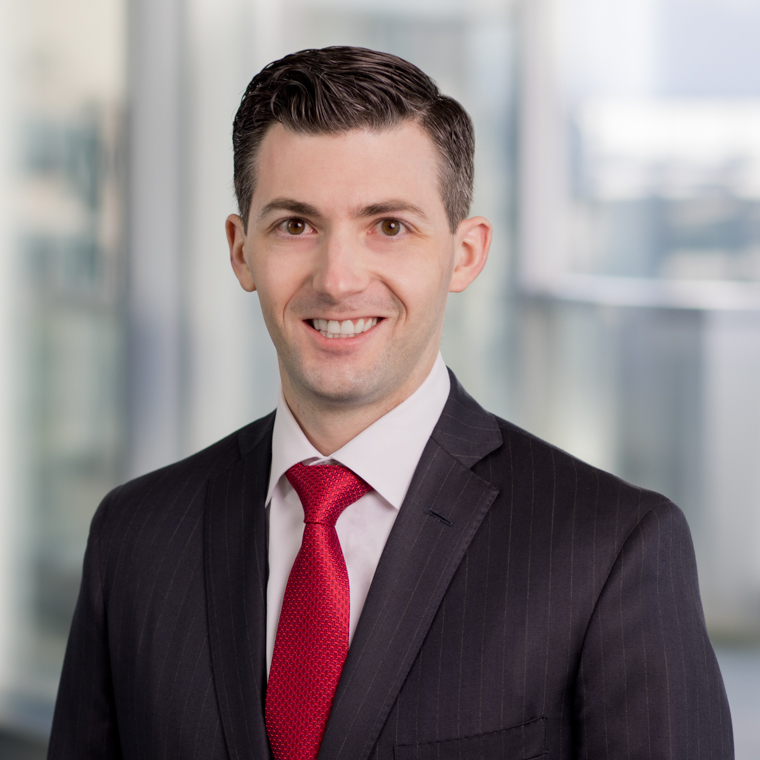The Center for Audit Quality and Audit Analytics recently released their 2015 Audit Committee Transparency Barometer. The report is based on a review of proxy statements filed through the end of June 2015 by companies in the Standard & Poor's Composite 1500, which is comprised of companies in the S&P 500, S&P MidCap 400, and S&P SmallCap 600 indices.
In their second year of measuring the robustness of proxy disclosures, the CAQ and Audit Analytics reported that an increased number of companies are providing voluntary, enhanced disclosure around external auditor oversight. Moreover, more companies are beginning to tailor their enhanced disclosures and to take less of a one-size-fits-all approach. The report observed a "pronounced consolidation of disclosures related to external auditor oversight within the proxy statement."
According to the report, "the data shows double-digit growth in the percentage of S&P 500 companies disclosing information in several key areas of external auditor oversight, including external auditor appointment, engagement partner selection, engagement partner rotation, and evaluation criteria of the external audit firm." Among the trends identified, the report notes the following with respect to S&P 500 companies:
- 25% disclosed whether the audit committee discussed its considerations in appointing the external auditor, compared to 13% in 2014.
- 54% disclosed the length of time the auditor has been engaged, as compared to 47% in 2014.
- 16% disclosed whether the audit committee is responsible for audit fee negotiations, as compared to 8% in 2014.
- 24% discussed the criteria the committee considered when evaluating the audit firm, as compared to 8% in 2014.
- 31% expressly stated that the audit committee is involved in the selection of the audit engagement partner, as compared to 13% in 2014.
- 26% stated that the engagement partner rotates every five years, as compared to 16% in 2014.
In some categories, there was a decline in the number of companies including disclosure. In 2015, 10% of S&P 500 companies included a discussion of how audit fees relate to audit quality, as compared to 13% in 2014. Fewer S&P 500 companies explained changes in fees paid to external auditors in 2015 than in 2014 (25% as compared to 28%).
Looking across the three S&P indices, the percentage of companies providing enhanced disclosures tended to decrease when moving from larger to smaller indices. Still, year-over-year changes have tended to move in the same direction for each of the three indices, though the magnitude of the change varied by index.
The trends described in the report are consistent with EY Center for Board Matters' findings with respect to audit committee reporting by Fortune 100 companies (see this previous post) and the SEC's Concept Release on possible revisions to audit committee disclosures (see this previous post). As the 2016 proxy season approaches, audit committees should continue to consider trends in enhanced audit committee disclosure among their peers. When evaluating whether to provide enhanced disclosures, audit committees should consider ways to tailor enhanced disclosures to their particular company and the placement of such disclosures in their company's proxy statement.
